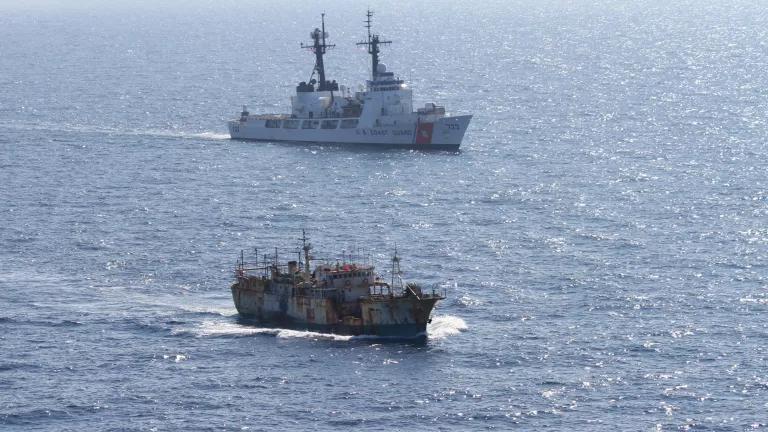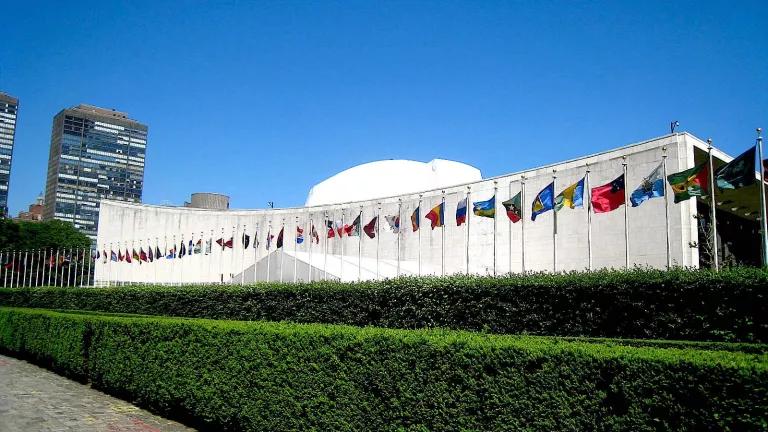Victory for Imperiled Species at World Wildlife Conference
African elephants, Asian otters, giraffes, vaquita, rhinos, and sharks win big at World Wildlife Conference.
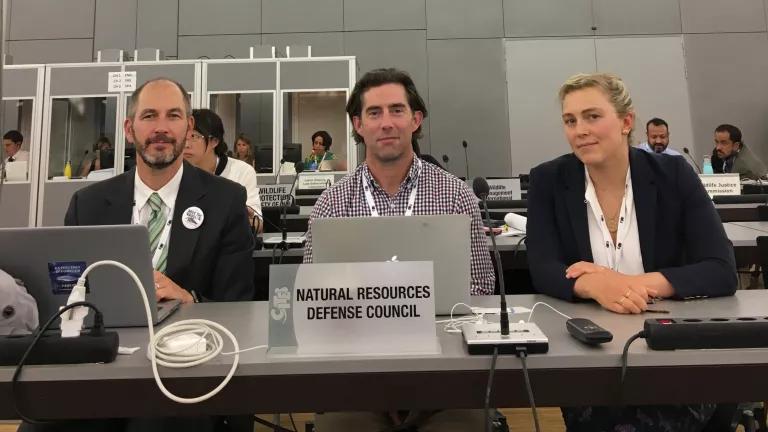
NRDC at CITES Cop18
NRDC’s International Wildlife Conservation team just wrapped up two weeks of work at the 18th Conference of the Parties (CoP18) to the Convention on International Trade in Endangered Species of Wild Fauna and Flora (CITES), also known as the World Wildlife Conference, and the two CITES Standing Committee meetings that took place in Geneva, Switzerland, from August 16-28. Great news: we won big and this is just the beginning!
We had high hopes going into the Conference that the global community would heed the warnings of the United Nations Global Assessment Report on Biodiversity and Ecosystem Services, which warned earlier this year that one million species face extinction due to human actions, many within decades, and that this will have cascading effects on ecosystems and the human population unless we bring about transformative change. I’m glad to report that numerous Parties and Observers to the Conference placed their actions in the context of the biodiversity crisis and largely voted in favor of greater protections for wildlife. All the species NRDC’s team worked on behalf of received increased protections or avoided conservation reversals.
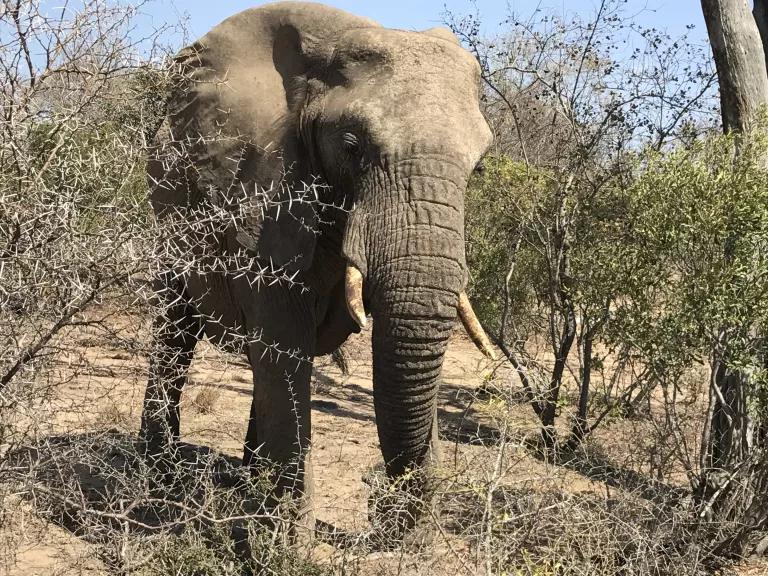
African Elephants
NRDC’s team fought against the Botswana, Namibia, South Africa, and Zimbabwe proposal that would have enabled them to resume ivory trade and Zambia’s proposal to downlist its elephant population from CITES Appendix I to Appendix II, which would have allowed trade in elephant trophies, hides, and leather goods. As history has proven, legalizing the trade in elephant ivory only leads to parallel illegal markets since it’s difficult to discern the age or type of ivory. We joined the fight against these proposals, which were happily rejected by the Parties.
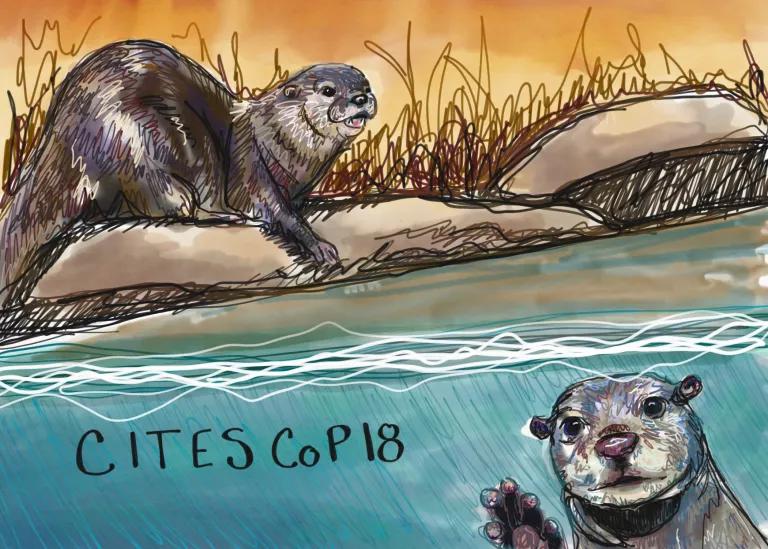
Asian Otters
More than two years ago, NRDC put together a plan to increase protections for Asia’s freshwater otters, which have declined by more than 30 percent largely due to habitat destruction, the global trade in otter skins, and the international pet trade, including the online trade in baby otters for pets and attractions in coffee shops, fueled by social media. Our efforts were a resounding success: we supported two proposals (one for smooth-coated otters and another for small-clawed otters) to transfer these species from Appendix II to Appendix I, thereby banning the international commercial trade in live otters and their parts and skins. The Parties adopted the proposals by wide margins, giving some of Asia’s otters a fighting chance.
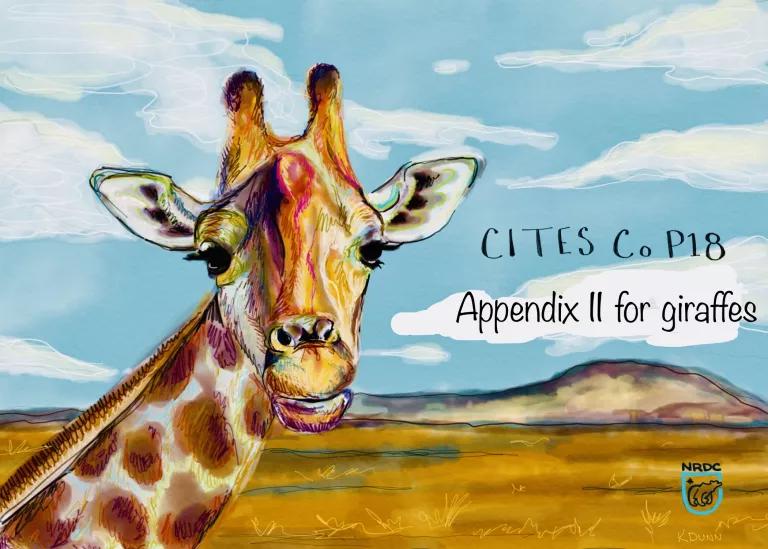
Giraffes
Giraffes face many threats, including habitat loss, disease, trophy hunts, and international trade in their parts. Over the last 30 years, some giraffe populations have declined by 40 percent. In response, NRDC supported a proposal to list giraffes on CITES Appendix II, which the Parties adopted by a wide-margin. The Appendix II listing should ensure that giraffe parts in commercial trade are legally acquired (instead of from poached giraffes) and that the trade won’t be detrimental to the survival of the species in the wild. The listing will also enable the collection of international trade data that will allow us to focus on problem trends in destructive trade and help us make the case for greater protections in the future.
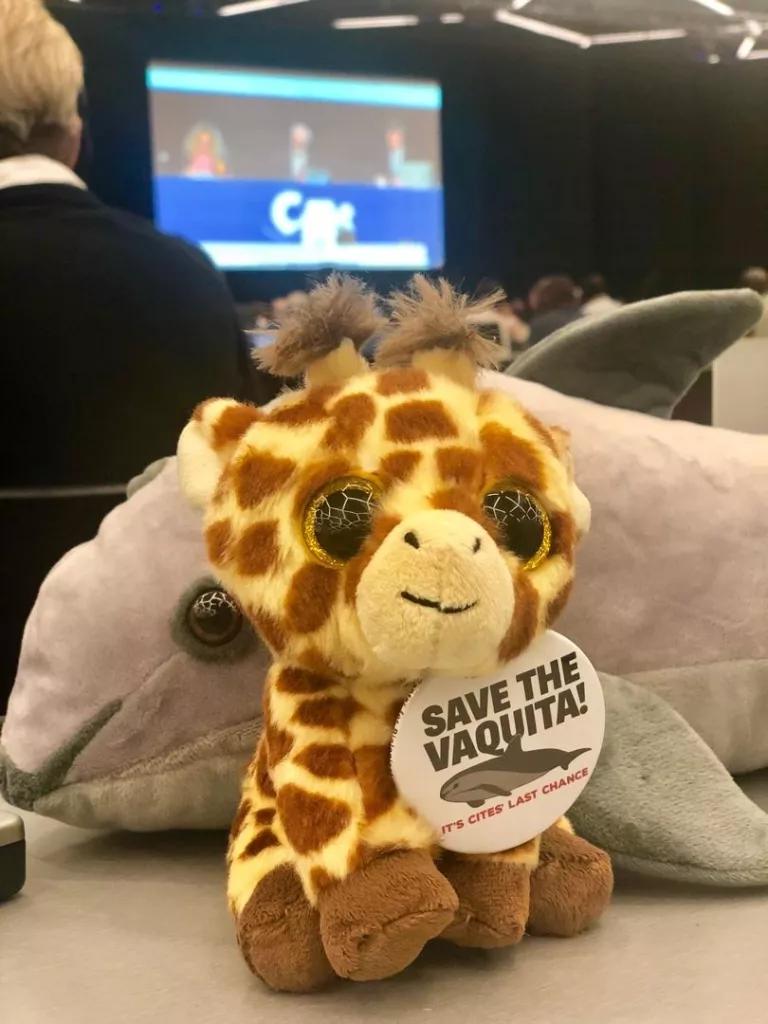
"Save the Vaquita!"
Vaquita
With only around 10 remaining, this CITES-protected species is the most endangered marine mammal on the planet. The vaquita is a small, rare porpoise found only in Mexico’s northern Gulf of California, and its population has plummeted in the last two decades, a victim of bycatch in rampant illegal gillnet fishing. In particular, bycatch of vaquita in illegal gillnets used to catch totoaba (which is also protected under CITES) has decimated the species in recent years as the swim bladder of the totoaba fish is trafficked and sold in China. Unfortunately, while China has taken important steps to tackle the illegal sale of totoaba swim bladders, Mexico has utterly failed to control the illegal totoaba trade. So, we helped secure specific and immediate recommendations from the Parties to Mexico on the steps it should take to save the vaquita. The Parties also agreed to review Mexico’s progress in a year and put sanctions on the table if Mexico fails to meet its obligations. With the vaquita on track to be extinct before the next Conference of the Parties in 2022, this was the least the parties could do to help save the species.
Rhinos
While all five rhino species (black, Indian, Sumatran, Javan, and white) are protected under CITES Appendix I due to the rampant trade in their horns for purported medicinal benefits and luxury collection, countries again attempted to open up the rhino horn trade. So, we fought against and the CITES Parties rejected proposals from Eswatini (formerly, Swaziland) and Namibia that would have allowed them to sell their southern white rhinos on the international market.
Sharks
Sharks won too. Check out my colleague, Elizabeth Murdock's post about the impressive advances for sharks at CITES CoP18.

Zak does interviews
Other Wins for Wildlife
- NRDC worked to makes sure that the findings and recommendations in the 2019 IPBES Global Assessment Report on Biodiversity and Ecosystem Services were highlighted in the CITES Strategic Vision so they could serve as a basis for future decision-making by the Parties.
- NRDC worked with Parties to make sure the guidance and model law being provided to Parties who need to update their CITES implementing laws are reviewed and corrected, if necessary.
- NRDC supported efforts to make sure any trade in live wild-caught elephants was sustainable, ethical, and supportive of in-situ elephant conservation efforts.
- NRDC developed and strengthened relationships with key international partners, including governments, international organizations, local and indigenous community organizations, and others.
This Is Just the Beginning!
While NRDC has been engaging on CITES issues for nearly a decade, we're in the process of developing new initiatives for engagement to maximize CITES's potential to help combat our biodiversity crisis. CITES must be a stronger international convention that lives up to its purpose “to ensure that international trade in specimens of wild animals and plants does not threaten their survival.” Recent studies show that the convention—the only one we have to protect wildlife imperiled by trade—is failing to protect many species threatened with extinction. With around one million species threatened, business as usual at CITES is no longer sufficient. We must dramatically change our approach to species exploitation and that includes strengthening CITES as a force for conservation.



